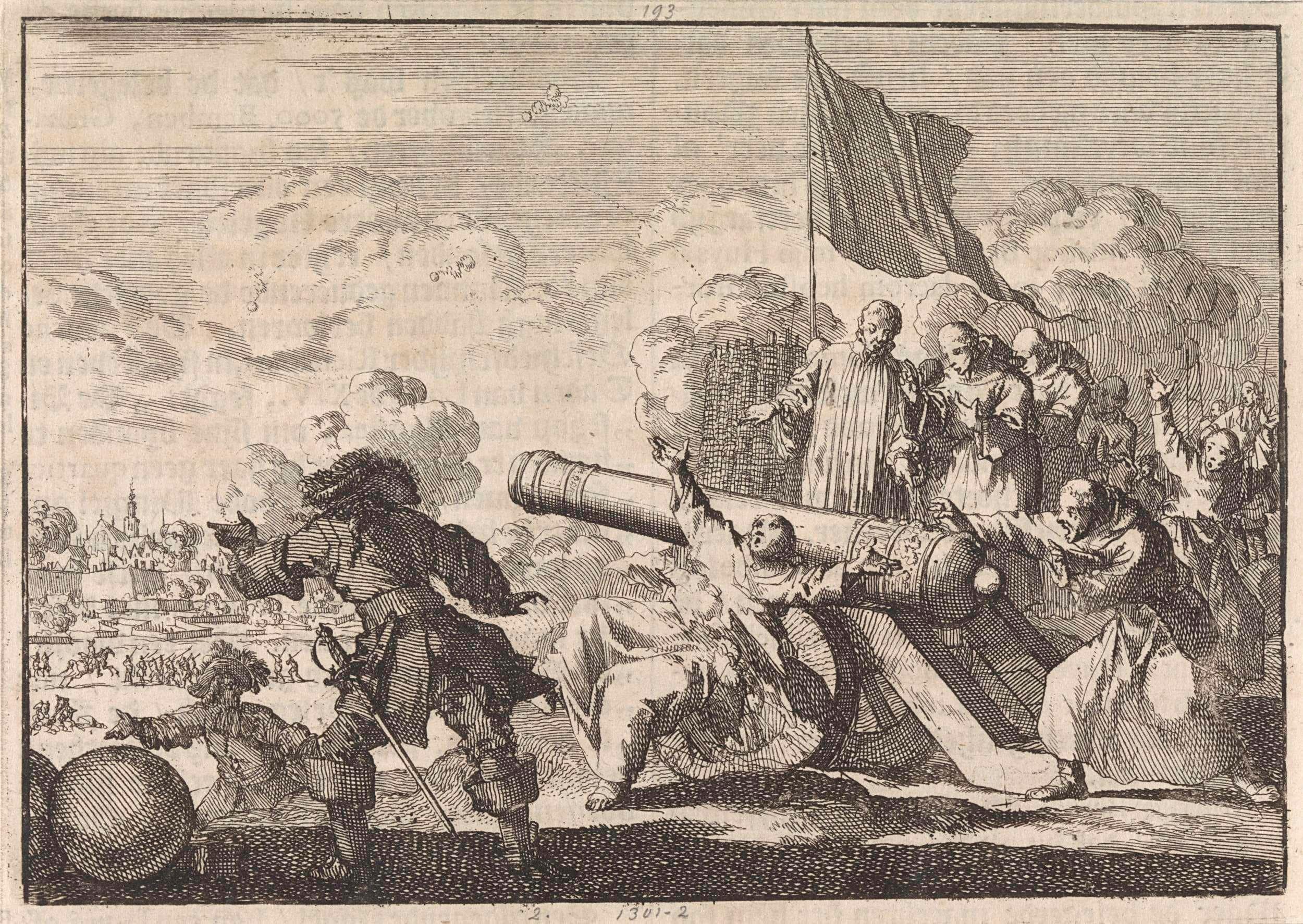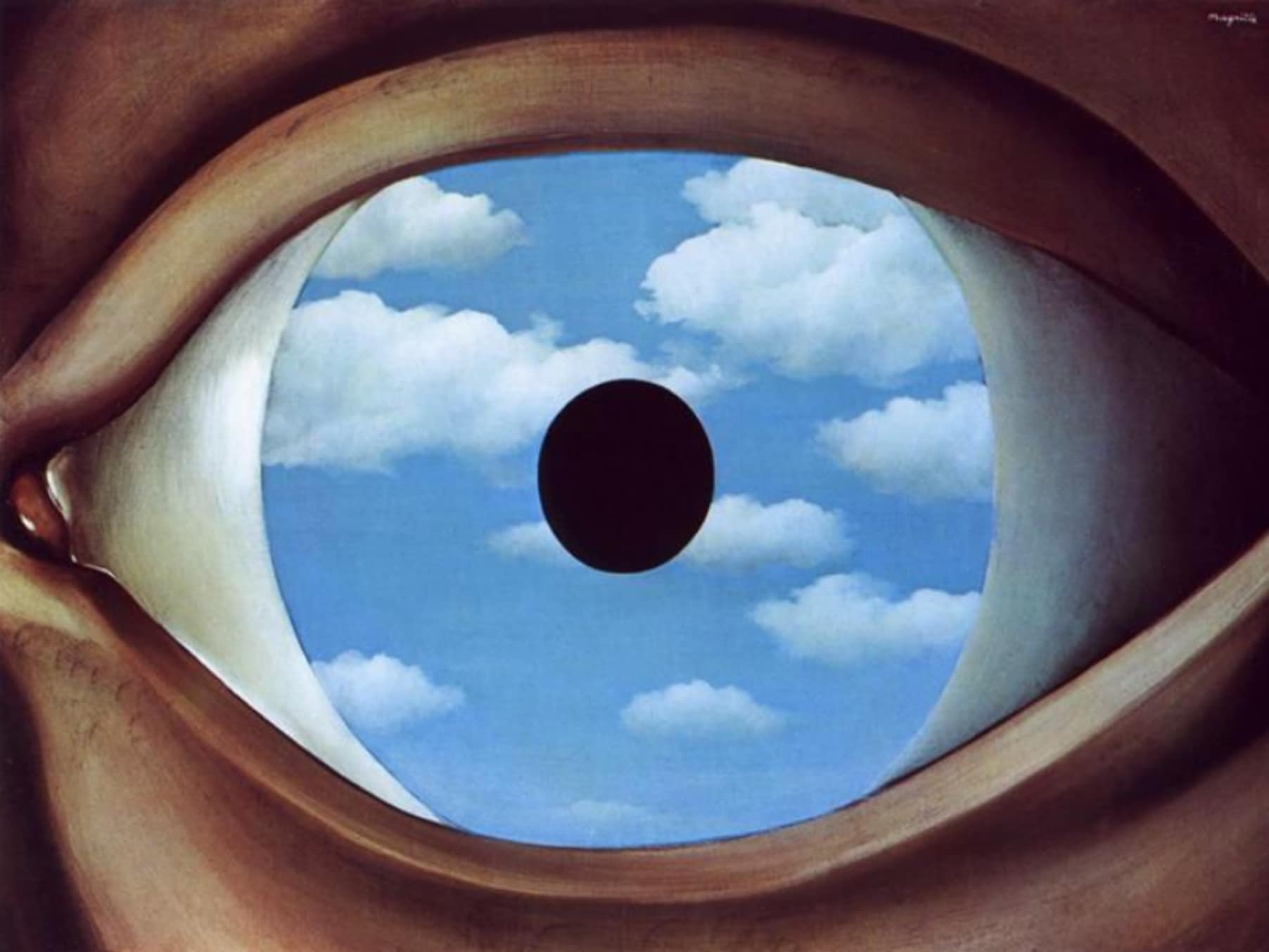
‘Tis the season
Winter is the season of short days and long nights. Indeed three days ago in Groningen the day was only around 7.5 hours in length. Short days mean the likelihood of sunlight exposure is reduced, and less bright light exposure may worsen your mood.
It is not surprising then, that Christmas is the festival of lights. Festive lights feature prominently, both at home and outside. While it is unclear whether these lights are bright enough to have a direct effect on mood, indirect effects are likely. For example, experimental environmental psychology research suggests that if you put up exterior Christmas decorations on your house, this can communicate to passers-by that you are probably a friendly person (Werner et al, 1989). As friendliness in one person usually invites friendliness in other people, your Christmas lights may increase your chances in having positive social interactions, thereby contributing to a better mood.
“Christmas lights may increase your chances in having positive social interactions”
But what if you did not put up any Christmas decorations in the past few weeks, because you were too busy with your studies or work? If you wanted to get your work done to be able to spend Christmas with people close to you, you may still be in luck. One psychology study found people to be happier around Christmas when being around family, rather than when engaging in more materialistic activities (Kasser & Sheldon, 2002). Thus, if you have not planned your holidays yet, try go to that family dinner after all, or spend time with others you feel close to. This is likely to be a better choice than going around time for more Christmas shopping.
If you are a psychology researcher, one thing you surely should not be doing around Christmas is preparing to submit your latest manuscript for publication. Yes, meeting your end-of-the-year submission deadline may make you feel better about your research output. However, with the number of manuscript submissions likely at its peak during this period (Boja et al, 2018), the risk for an editorial rejection is very high, likely resulting in a worsening of your mood.
“one thing you surely should not be doing around Christmas is preparing to submit your latest manuscript”
Having said this, there is one journal whose Christmas deadline I appreciate. Every year, the British Medical Journal (BMJ) encourages researchers to submit, by July 31, a manuscript for publication in its annual Christmas issue. I found out about its existence almost 15 years ago when, probably while I was reading Half-Blood Prince, my PhD supervisor handed me a paper on how the release of a new Harry Potter book temporarily reduced rates of medical injuries in children (Gwilym et al., 2005). The BMJ Christmas issue includes research that adheres to “the same high standards of novelty, methodological rigour, reporting transparency, and readibility” as apply in any other BMJ issue but nonetheless is considered “light-hearted fare and satire”.
There are many past issues to browse through, which you can do using the BMJ’s Christmas archive. Or, particularly if you did not put up Christmas lights in the last few weeks, if for some reason you cannot spend Christmas with your favourite people this year, if you want to prevent yourself from accidentally submitting your latest manuscript before the end of 2019, if you have other reasons to want to improve your mood, or simply if you would like to read some amusing and entertaining research papers over the course of your break, then maybe click on some of the links below.
Evidence of a Christmas spirit network in the brain
Pokémon GO and physical activity
Does pride really come before a fall?
Were James Bond’s drink shaken because of alcohol-induced tremor?
Sex differences in idiotic behaviour
Use of positive and negative words in scientific PubMed abstracts between 1974 and 2014
References
Boja, C. E., Herţeliu, C., Dârdală, M., & Ileanu, B. V. (2018). Day of the week submission effect for accepted papers in Physica A, PLOS ONE, Nature and Cell. Scientometrics, 117(2), 887-918.
Gwilym, S., Howard, D. P., Davies, N., & Willett, K. (2005). Harry Potter casts a spell on accident prone children. British Medical Journal, 331(7531), 1505-1506.
Kasser, T., & Sheldon, K. M. (2002). What makes for a Merry Christmas? Journal of Happiness Studies, 3(4), 313-329.
Werner, C. M., Peterson-Lewis, S., & Brown, B. B. (1989). Inferences about homeowners’ sociability: Impact of Christmas decorations and other cues. Journal of Environmental Psychology, 9(4), 279-296.
Note
Image by Sue licenced under CC BY 2.0.



